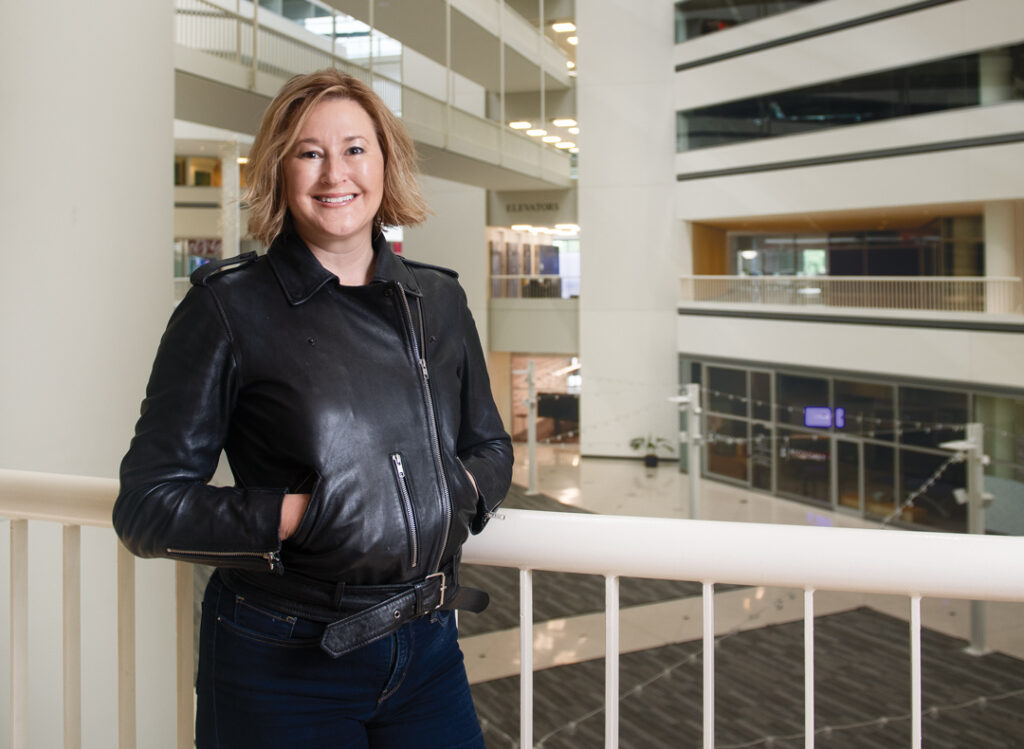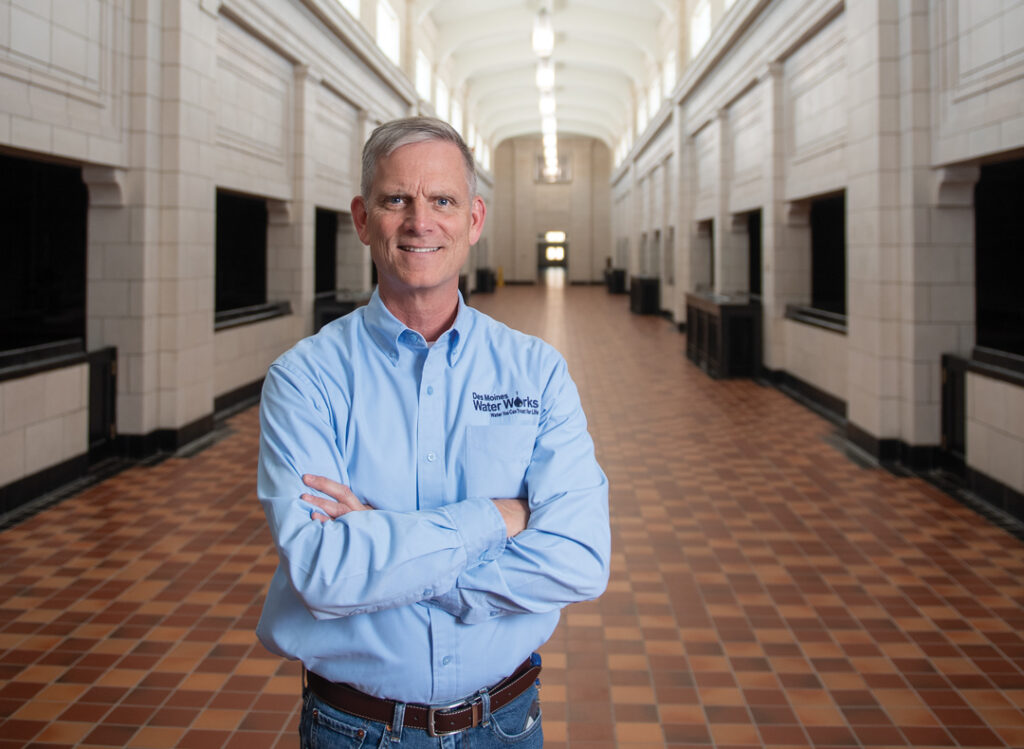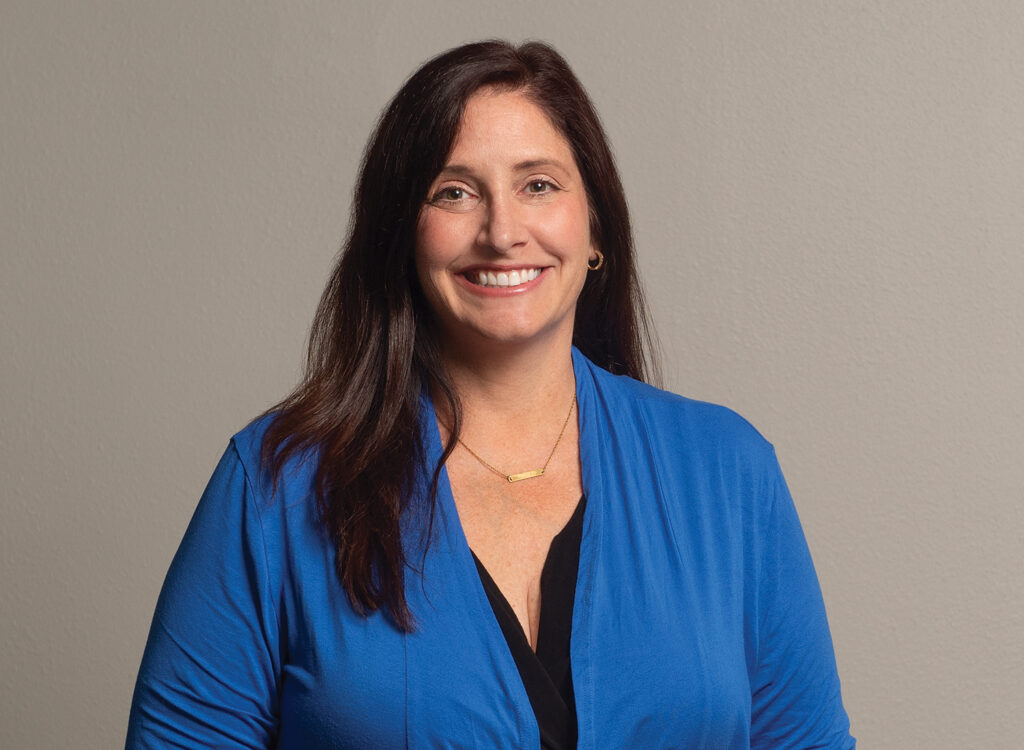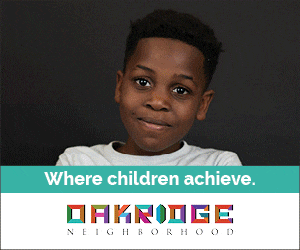INSIDER: Growing up without an ‘air bag’

JOE GARDYASZ Jul 14, 2015 | 8:21 pm
3 min read time
818 wordsArts and Culture, Business Record Insider
America is becoming increasingly polarized between its upper and lower classes, and the resulting “opportunity gap” is adversely affecting our children and jeopardizing America’s future, says Robert Putnam, a noted Harvard professor who spoke last week at Drake University.
Putnam, author of the best-selling book, “Our Kids: The American Dream in Crisis,” has drawn on his personal experiences growing up in the small Midwestern town of Port Clinton, Ohio, to fuel his groundbreaking research into income inequality. The Peter and Isabel Makin Professor of Public Policy at Harvard, Putnam has provided counsel to President Barack Obama as well as former President George W. Bush and other politicians on income inequality issues.
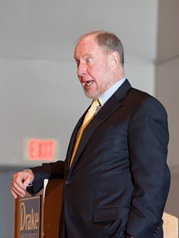
“We’re more likely to live in either entirely rich neighborhoods or entirely poor neighborhoods, and there are fewer mixed neighborhoods,” he told the crowd of several hundred last week at the event, which was presented by the Harkin Institute. “As a consequence, our kids are less likely to go to school with kids of other backgrounds, either going to school with other rich kids or other poor kids.”
As a result, “increasingly, the poor kids in America are alone and isolated, and they don’t trust anybody — and literally, they can’t trust anybody,” he said.
Putnam painted a stark picture between the bright future that one of his granddaughters has as a Harvard graduate, compared with the granddaughter of one of his high school classmates, an out-of-work former factory worker who experienced nothing but broken relationships and financial destitution.
Putnam’s research found that about 80 percent of his fellow high school graduates went on to higher-earning jobs and greater prosperity than their parents — regardless of “what side of the tracks they grew up on.”
By contrast, today in Port Clinton, the city has about 20 contiguous miles of gated communities along the north shore of Lake Erie. Within those communities, the percentage of child poverty is precisely zero, compared with 50 percent child poverty in the larger community, which is littered with shuttered factories, Putnam said. His research has documented the same widening gap between the wealthy and poor in a number of other communities across the United States.
“This is an American story,” he said. “My hometown happens to perfectly capture what’s happened in the rest of the country for the past 30 to 40 years.”
One of the consequences of the growing inequality gap is that the children of the wealthy have access to opportunities that are simply out of reach for working-class kids — among them extracurricular activities and extras like summer camp and music lessons, and even the amount of time their parents spend with them.
Wealthy families spend about 45 minutes more per day with their children than low-income families, which has a big effect on early brain development and creates a tremendous advantage for those kids, Putnam noted. There’s even a growing gap between families that spend time together eating as a family. Wealthy families eat together far more often than poor families, simply because one or both parents is probably working a second job.
Why does income inequality matter? For one, it costs the nation an estimated $5 trillion in criminal justice and health care expenses to incarcerate or otherwise treat the people who fell through the inequality gap as kids, according to Putnam.
“When one of our kids does something dumb, the ‘air bags’ inflate — and that allows it to be a learning experience rather than taking on catastrophic consequences,” Putnam said. “These kids from working-class homes don’t have an air bag.”
During the so-called Gilded Age a century ago, enough of America’s affluent class decided to address the inequality gap of that time, spurred by the book “How the Other Half Lives.”
The single most important thing they did was to invent the high school, Putnam said, which for the first time in history provided free public secondary education for everyone.
“This accounts for nearly all the economic growth in the 20th century — that’s what thinking about other people’s kids does,” said Putnam, who advocates for eliminating “pay to play” extracurricular activities that not all students and families can afford.
“People exactly like you changed America 100 years ago by persuading their fellow Americans that we would all be better off if we improved conditions for all kids — so let’s get to work.”
Putnam’s policy recommendations
-
Encourage stable, caring families.
-
Boost jobs and wages for low-income workers.
-
Provide high-quality early childhood education.
-
Invest in public education and end pay-for-play for extracurricular activities.
-
Pay top teachers more to teach in low-income areas.
-
Provide more intensive mentoring of kids.
- Provide better on-ramps to higher education (community college, apprenticeships).




